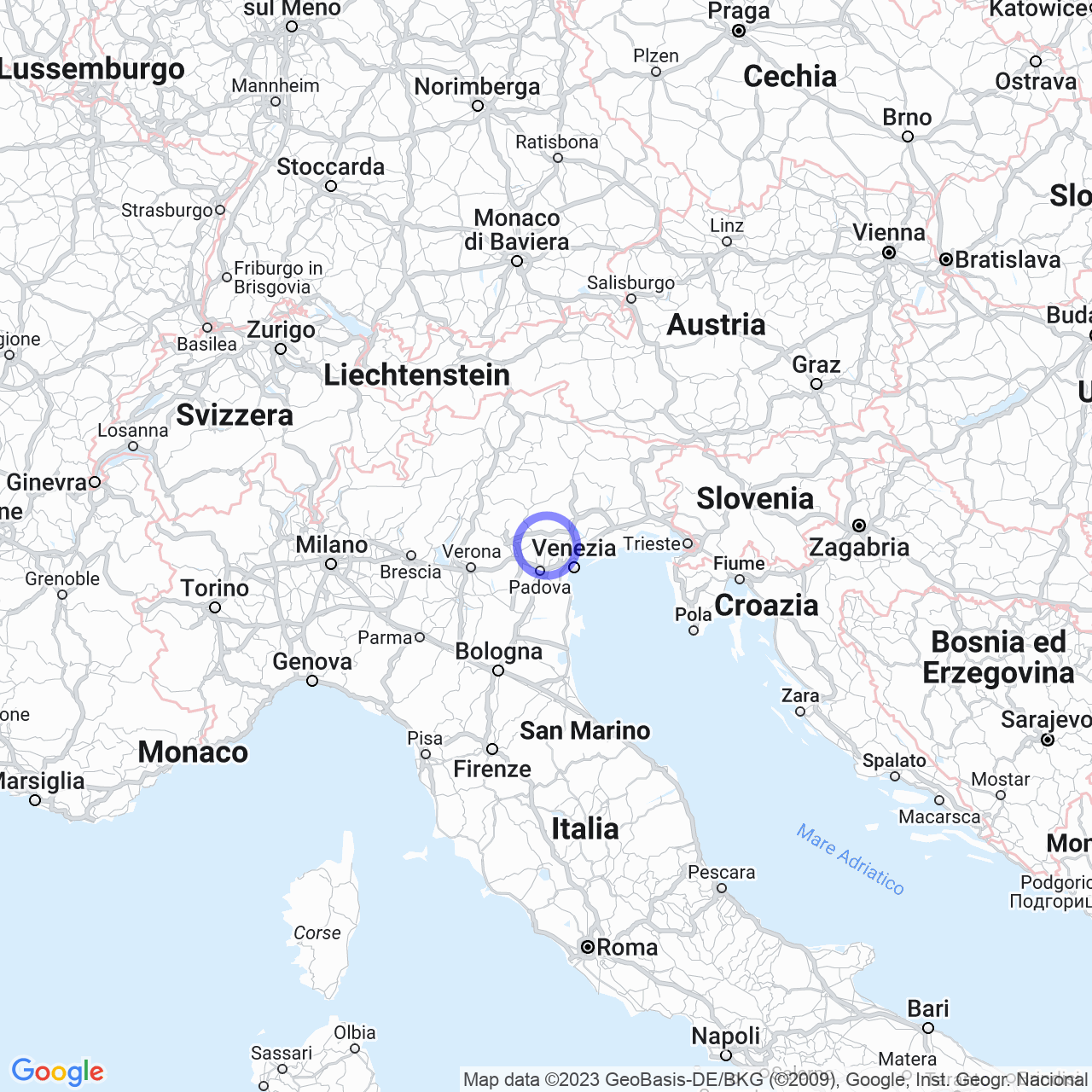Resana
Resana: a Venetian municipality with a rich historical past
Located in the province of Treviso, Resana is a municipality of around 9,386 inhabitants with a rich historical past. The name of the town, pronounced Rexana in the Venetian language, probably derives from the predial Rhaesius or Resius. Human settlements in the territory of Resana date back to the pre-Roman era, but the oldest artifacts are the modest earthen embankments in Castelminio.
The influence of the Romans and the formation of the town nucleus
Castelminio appears again in artifacts attributable to the Romans, who defined a centuriation, while the Via Aurelia was traced in 75 BC to connect Padua to Asolo. The influence of the Romans began to make the area popular, with the formation of the first nucleus of the town in the location of Gallo, north of the current center.

The Late Middle Ages and the Serenissima Republic
Resana began to be mentioned in episcopal documents during the Late Middle Ages. In 1152, the Justis fratrum bull mentions the castle of Resana, owned by the prelate of Treviso. The castle of Brusaporco, as Castelminio was then known, was instead of episcopal relevance and was governed by an avogaro chosen from the Tempesta family. In the 14th century, the city became part of the Serenissima Republic, where it remained until the 19th century.
The 19th and 20th century: emigration and the railroad
In the 19th century, Resana further expanded, reaching the current territorial structure only after the annexation of Veneto to the Kingdom of Italy. In the 20th century, the town suffered from significant emigration directed towards Argentina, Brazil, and Australia. The first local association, the Society of Mutual Aid, was established in 1904, while the Resana railway station was inaugurated in 1908. After the Great War, the economy suffered a further crisis, leading to a new wave of emigration.
Resana today: tourism and traditions
Today, Resana is a tourist destination thanks to the numerous Venetian villas located within its territory, including Palazzo Rinaldi, Villa Gradenigo, and Villa Pietrogrande. The town preserves some popular traditions, such as the grape festival and the patron saint's feast of San Giuseppe. In addition, the territory of Resana is suitable for practicing various outdoor activities, such as hiking, cycling, sport fishing, and birdwatching.
